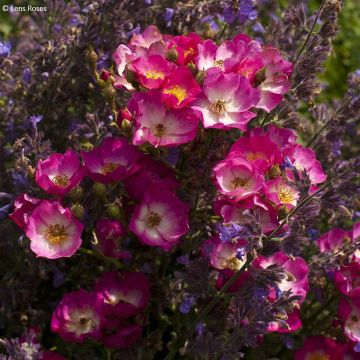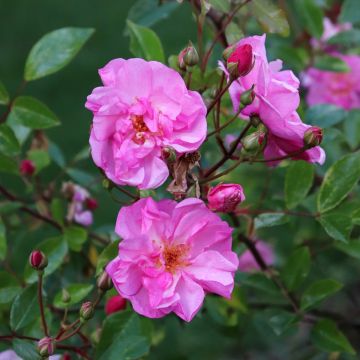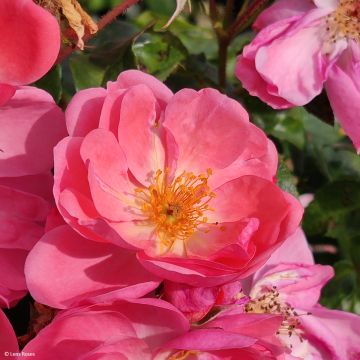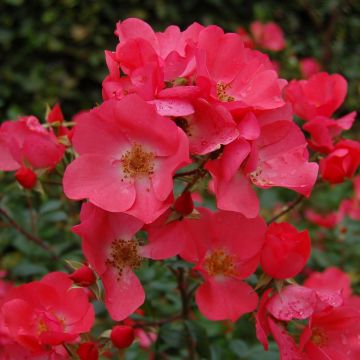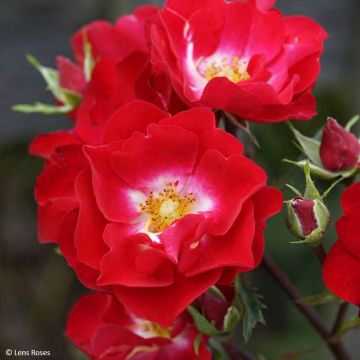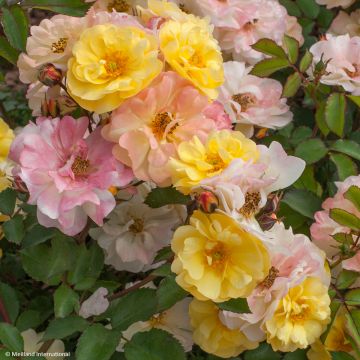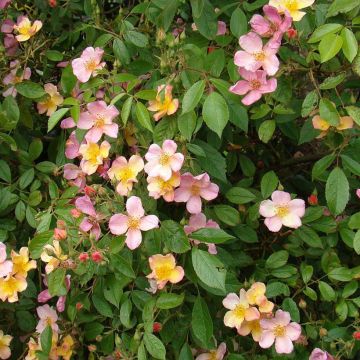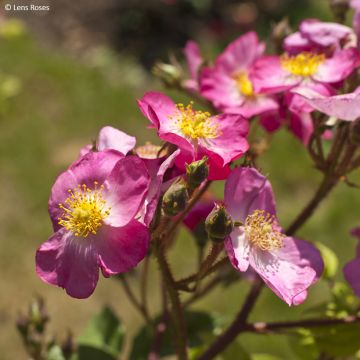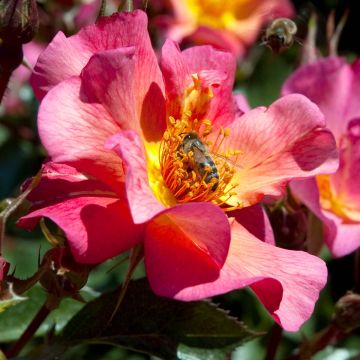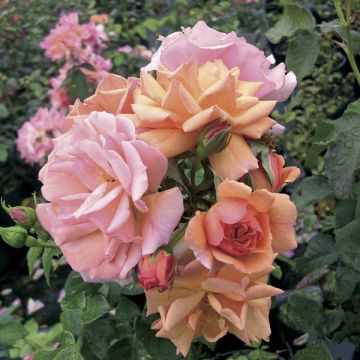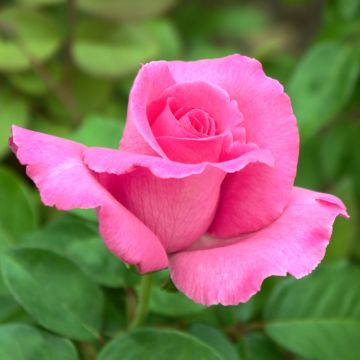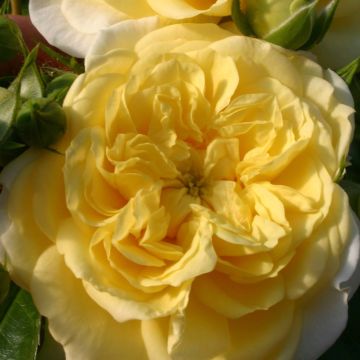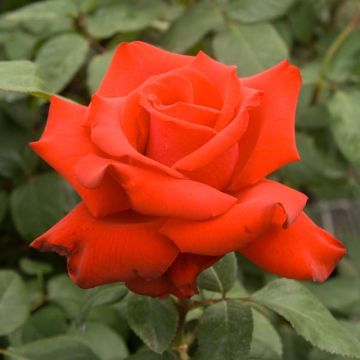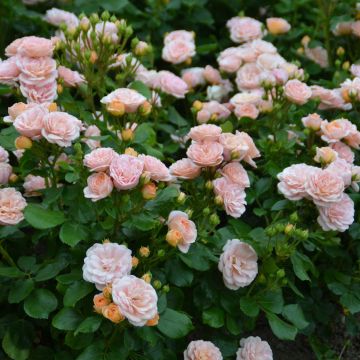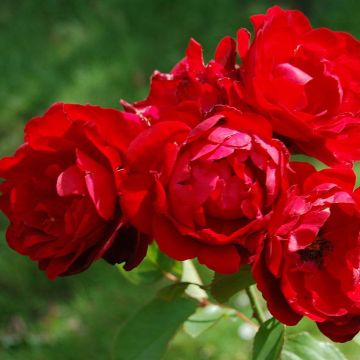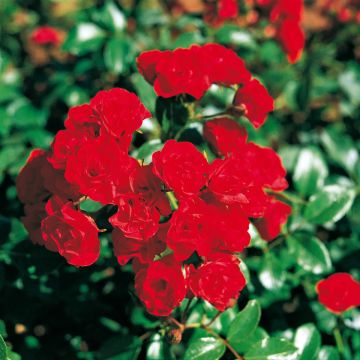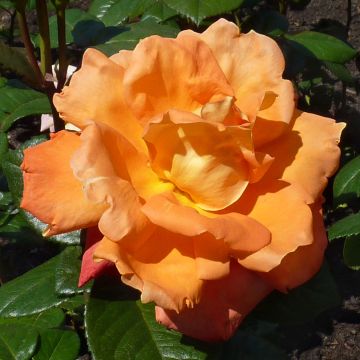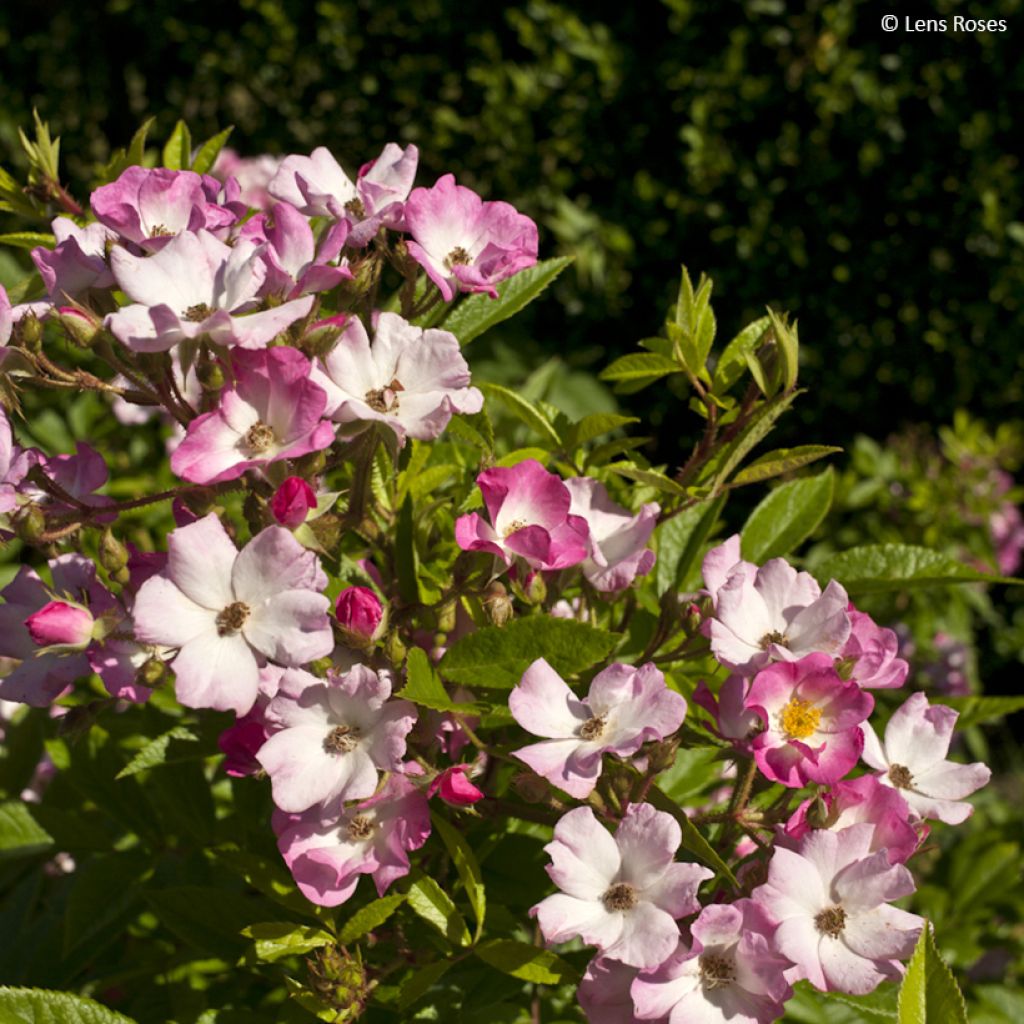

Rosa x moschata 'Magie d'orient'
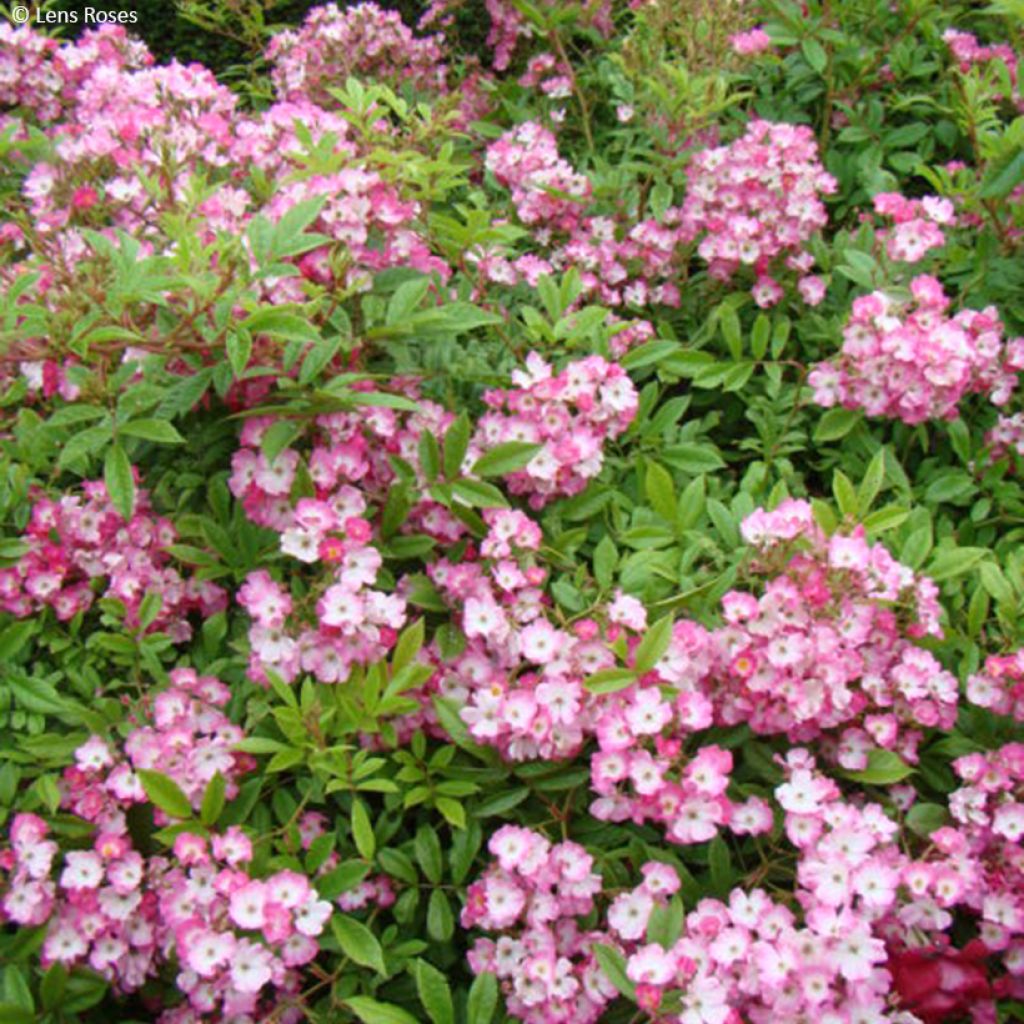

Rosa x moschata 'Magie d'orient'
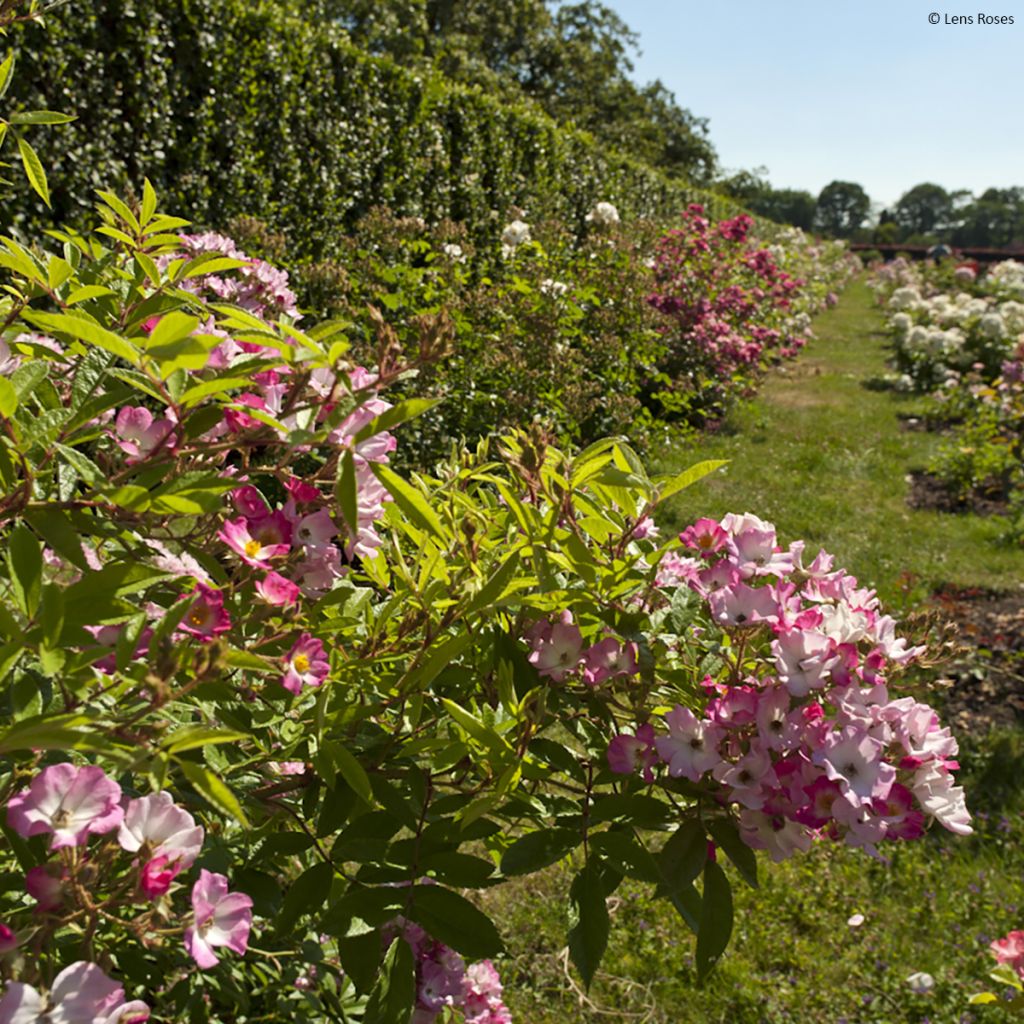

Rosa x moschata 'Magie d'orient'
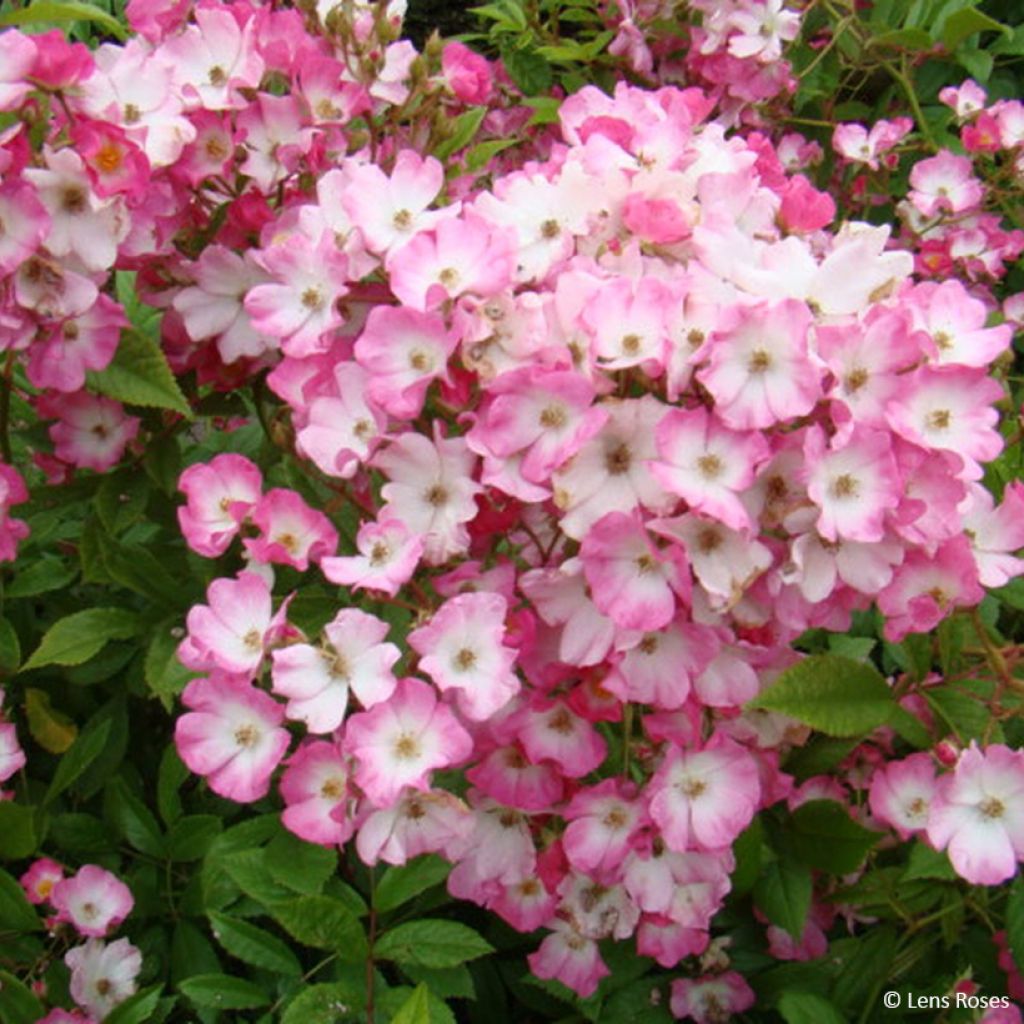

Rosa x moschata 'Magie d'orient'
Rosa x moschata 'Magie d'orient'
Rosa x moschata Magie d'orient®
This item cannot be shipped to the selected country
Delivery charge from €6.90
Delivery charge from €6.90
More information
Delivery charge from €6.90
Delivery charge from €6.90
More information
Schedule delivery date,
and select date in basket
This plant carries a 24 months recovery warranty
More information
We guarantee the quality of our plants for a full growing cycle, and will replace at our expense any plant that fails to recover under normal climatic and planting conditions.
From €7.90 for pickup delivery and €6.90 for home delivery
Express home delivery from €8.90.
From €7.90 for pickup delivery and €6.90 for home delivery
Express home delivery from €8.90.
Does this plant fit my garden?
Set up your Plantfit profile →
Description
The 'Magie d'Orient' rose bush is a graceful shrub, a pretty dark pink version of the famous 'Ballerina'. Its small dark pink flowers with white centres bloom in large clusters that weigh down the trailing branches. A flowering that feeds bees and produces small orange-red hips in autumn, sought after by birds. It is naturally disease-resistant, almost maintenance-free, and ideal in a pot or border, even in partial shade.
The 'Magie d'Orient' rose bush is a creation of L. Lens dating back to 1991. It is derived, among others, from the musk rose (Rosa (x) moschata), a spontaneous hybrid probably originating from Asia Minor or the Middle East. Like polyanthas and floribundas, roses in this family produce flowers in clusters. However, their colours are more refined and have a more flexible and graceful habit. 'Magie d'Orient' shows rapid growth and a slightly weeping, loose habit. Ultimately, this shrub reaches an average height of 1.10 m (4ft) with a spread of 90 cm (35in). Its long thorny stems slightly curl. They bear leaves divided into large leaflets of a beautiful light green, resistant to diseases. Flowering begins in June, with sporadic reblooming in summer if the soil does not dry out too much and if faded flowers are regularly pruned. The autumn repeat flowering is generous. It forms massive clusters of numerous small single flowers, 4 cm (2in) in diameter. Their colour is dark pink on the edges. The centre of the corollas, white in colour, is occupied by golden stamens. It is attractive to bees and other pollinators. If faded flowers are not pruned from August onwards, this rose produces decorative small fruits at the end of the season. Its hardiness is estimated at around -15 °C (5°F).
This 'Magie D'orient' shrub rose is undemanding, reliable and charming. The shrub thrives in any well-prepared soil and requires no pruning except for removing older branches or dead wood at the end of winter. Its habit is particularly highlighted in a large pot or planter. Its natural appearance goes well with many plants in the garden. Plant it in a small flowering hedge or a border with other landscape roses, with perennials such as peonies, irises and tall phlox, or alongside other small flowering shrubs with staggered blooms: modest-sized lilacs (Syringa microphylla superba), mock oranges, or Japanese quinces. Also, consider pairing it with a herbaceous clematis.
Awards:
- Baden-Baden, 1991, bronze medal.
Rosa x moschata 'Magie d'orient' in pictures
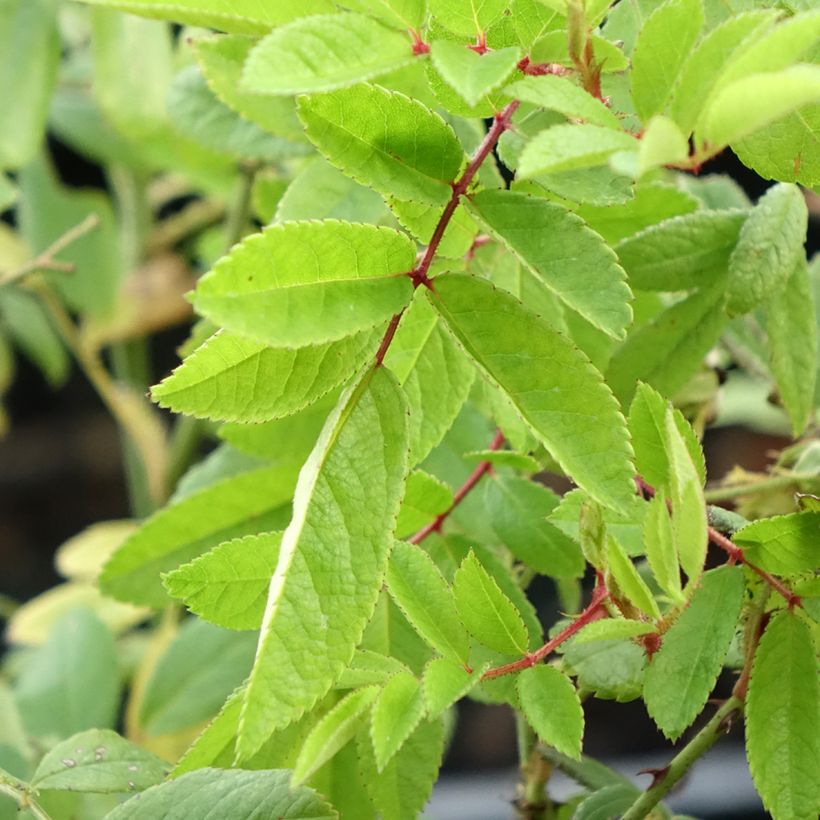

Plant habit
Flowering
Foliage
Botanical data
Rosa
x moschata
Magie d'orient®
Rosaceae
Cultivar or hybrid
Other Landscape shrub Roses
Planting and care
The 'Magie D'Orient' should be planted in the sun, but it also tolerates partial shade, especially in our sunniest and hottest regions. It will adapt to any garden if the soil is well-worked and rich. To install your rose, work the soil by crumbling it and put an amendment at the bottom of the planting hole, such as blood, fish and bone. Water abundantly after planting to remove air pockets. Water regularly for a few weeks to facilitate rooting. Pruning is limited to removing dead wood, and you can also thin out the centre of the bush by pruning the interlacing branches. As the flowers bloom, remove faded flowers to stimulate the blooming of other buds.
Roses may be stained or unsightly at the end of summer, but this is a natural phenomenon that doesn't harm their development.
Planting period
Intended location
Care
This item has not been reviewed yet - be the first to leave a review about it.
Roses by producer
Haven't found what you were looking for?
Hardiness is the lowest winter temperature a plant can endure without suffering serious damage or even dying. However, hardiness is affected by location (a sheltered area, such as a patio), protection (winter cover) and soil type (hardiness is improved by well-drained soil).

Photo Sharing Terms & Conditions
In order to encourage gardeners to interact and share their experiences, Promesse de fleurs offers various media enabling content to be uploaded onto its Site - in particular via the ‘Photo sharing’ module.
The User agrees to refrain from:
- Posting any content that is illegal, prejudicial, insulting, racist, inciteful to hatred, revisionist, contrary to public decency, that infringes on privacy or on the privacy rights of third parties, in particular the publicity rights of persons and goods, intellectual property rights, or the right to privacy.
- Submitting content on behalf of a third party;
- Impersonate the identity of a third party and/or publish any personal information about a third party;
In general, the User undertakes to refrain from any unethical behaviour.
All Content (in particular text, comments, files, images, photos, videos, creative works, etc.), which may be subject to property or intellectual property rights, image or other private rights, shall remain the property of the User, subject to the limited rights granted by the terms of the licence granted by Promesse de fleurs as stated below. Users are at liberty to publish or not to publish such Content on the Site, notably via the ‘Photo Sharing’ facility, and accept that this Content shall be made public and freely accessible, notably on the Internet.
Users further acknowledge, undertake to have ,and guarantee that they hold all necessary rights and permissions to publish such material on the Site, in particular with regard to the legislation in force pertaining to any privacy, property, intellectual property, image, or contractual rights, or rights of any other nature. By publishing such Content on the Site, Users acknowledge accepting full liability as publishers of the Content within the meaning of the law, and grant Promesse de fleurs, free of charge, an inclusive, worldwide licence for the said Content for the entire duration of its publication, including all reproduction, representation, up/downloading, displaying, performing, transmission, and storage rights.
Users also grant permission for their name to be linked to the Content and accept that this link may not always be made available.
By engaging in posting material, Users consent to their Content becoming automatically accessible on the Internet, in particular on other sites and/or blogs and/or web pages of the Promesse de fleurs site, including in particular social pages and the Promesse de fleurs catalogue.
Users may secure the removal of entrusted content free of charge by issuing a simple request via our contact form.


































